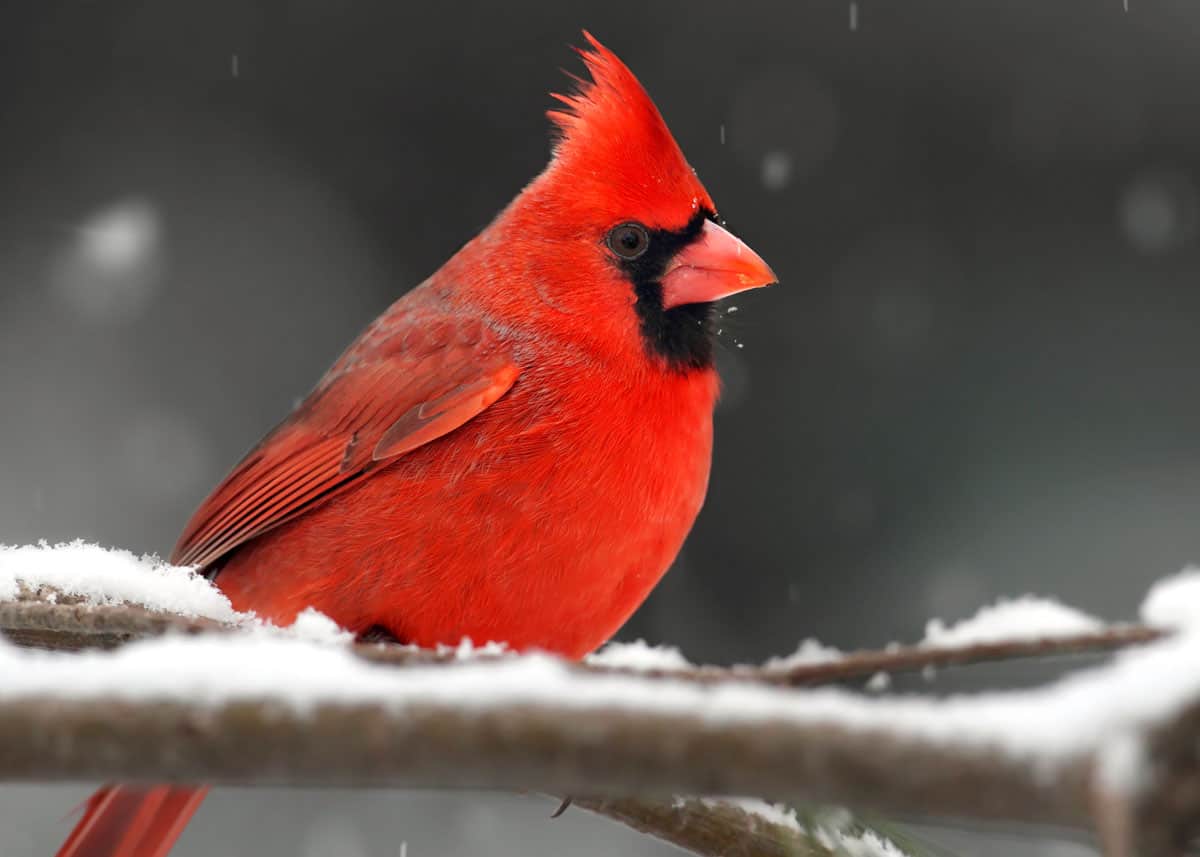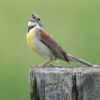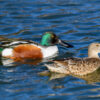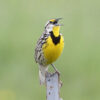Mary Dueren
Have you been watching birds during the pandemic? Have you been seeing more wildlife? Butterflies and Moths? Did you know that those observations could help scientists?
One of the first and oldest citizen science projects is the National Audubon Society’s Christmas Bird Count (CBC). It was started in 1900 by Frank Chapman, an early officer of the Audubon society to perform a bird census on Christmas Day to count birds during the holidays rather than hunt them. This tradition continues to this day. Counts start Dec 15 and run to Jan 5. Watch the Tale Feathers newsletter or our Facebook page for information later this year.
If you have been keeping lists of birds that you see, on paper, or even a spreadsheet, there’s a better way. eBird is an app that you can use whether you are watching your backyard feeder, walking a trail, or traveling. It’s a free and very easy tool to use. It can be downloaded from the Google play store for both IOS and Android. There’s even a free on-line class called eBird Essentials. Just go to https://academy.allaboutbirds.org/
eBird is used by bird watchers all around the world. The data generated by users is helping ornithologists and other scientists understand bird populations, habitat status, and climate change.
National Audubon Society also has an app that can be used to keep your list and a nice field guide as well.
There are other bird-related citizen science projects as well such as Project Feederwatch that collects data on birds visiting your backyard feeder in winter, Nestwatch which collects nesting birds and nestlings, and National Audubon Society’s Climate Watch surveys which are performed in the winter and summer that targets specific species depending on where you live in the country.
If you have been watching wildlife, butterflies, insects, birds and other wonders in the wild, you might use another app called iNaturalist. This app allows you to upload photos. The app may give a suggested identification of what you uploaded, but there are observers and scientists that review and confirm what you have found.
If you are a weather watcher, storm reports can be sent to the National Weather Service (weather.gov) from their webpage.
There are many ways that your own observations can be contributed to scientific efforts around the world. If you are interested in contributing as a citizen scientist, consider reading The Field Guide to Citizen Science: How You Can Contribute to Scientific Research and Make a Difference (Timber Press, ISBN 978-1-60469-847-3, $16.95). If you don’t want to buy the book, here’s a link to many other resources.
Now go outside, observe and collect that data!




